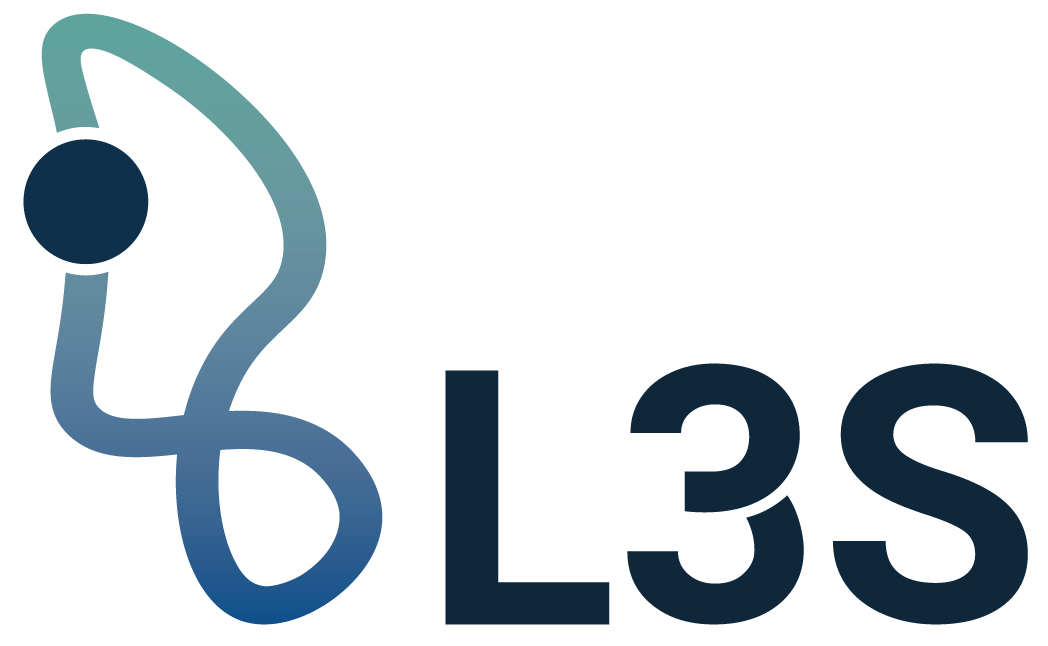|
so:text
|
In all these various instances of stigma the same sociological features are found: an individual who might have been received easily in ordinary social intercourse possesses a trait that can obstrude itself upon attention and turn those of us whom he meets away from him, breaking the claim that his other attributes have on us. He possesses a stigma, an undesired differentness from what we had anticipated. We and those who do not depart negatively from the particular expectations at issue I shall call the normals.
The attitude we normals have toward a person with a stigma, and the actions we take in regard to him, are well known, since these responses are what the benevolent social action is designed to soften and ameliorate. By definition, of course, we believe the person with a stigma is not quite human. On this assumption we exercise varieties of discrimination, through which we effectively, if often unthinkingly, reduce his life chances. We construct a stigma theory, an ideology to explain his inferiority and account for the danger he represents, sometimes rationalizing an animosity based on other differences, such as those of social class. (en) |

